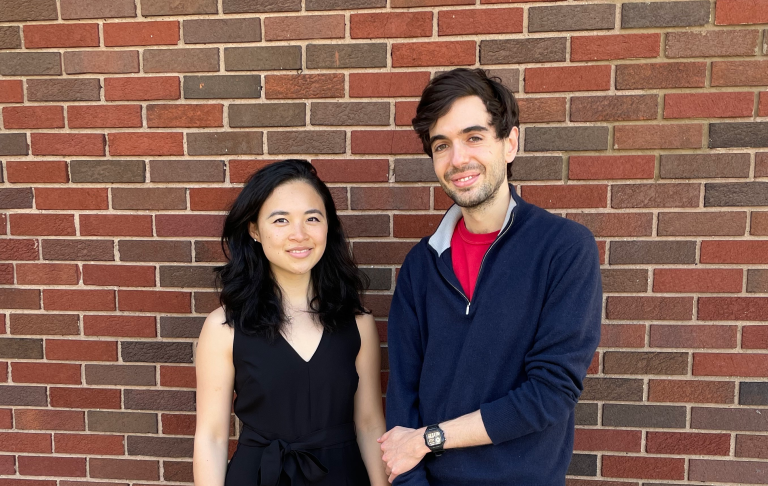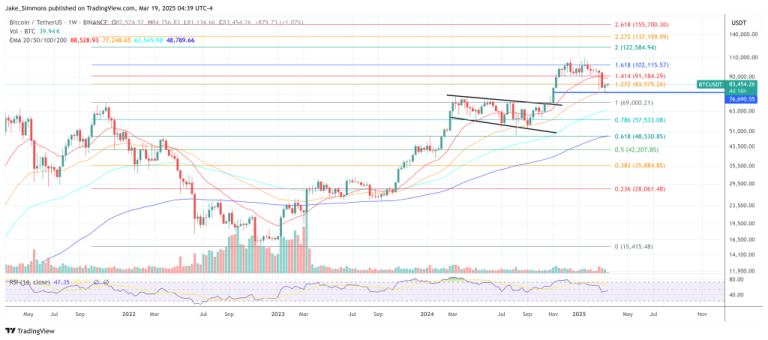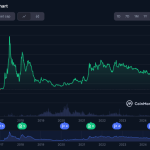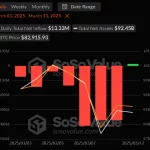In the latter part of 2021, two DeFi DAOs, Fei Protocol and Rari Capital, set out on a journey to merge and create a powerful entity known as Tribe DAO. This merger aimed to combine Fei’s algorithmic stablecoin with Rari’s expertise in permissionless lending pools. The merger was approved by both communities and Tribe DAO was officially formed in December.
Despite the promising beginning, the demise of Tribe DAO occurred only nine months later, sending shockwaves through the DeFi ecosystem. This collapse was not an isolated incident, as other DAO mergers, such as Gnosis and xDAI, Aragon and Vocdoni, and Yearn with Cream, Sushi, and Pickle, also took place in 2021. In fact, since 2020, over 65 DAO mergers and acquisitions have been completed, highlighting the growing trend of consolidation in the space.
Unlike traditional M&A processes, DAO mergers face unique challenges due to the decentralized nature of governance and the lack of established frameworks. Valuations in DAO M&A are often complex and unpredictable, making it challenging to determine fair prices for acquisitions. Regulatory uncertainties and security risks further complicate the process, as seen in the Fei-Rari collapse and other incidents.
Despite these hurdles, DAO M&A has the potential to be a powerful tool for decentralized organizations. By improving governance alignment, refining valuation models, prioritizing security, and investing in infrastructure, DAOs can leverage M&A to create more resilient and scalable ecosystems. However, there is still work to be done to ensure the success of future mergers and acquisitions in the DAO space.
For a detailed analysis of the State of DAO M&A as of February 2025, you can access the full report here.










